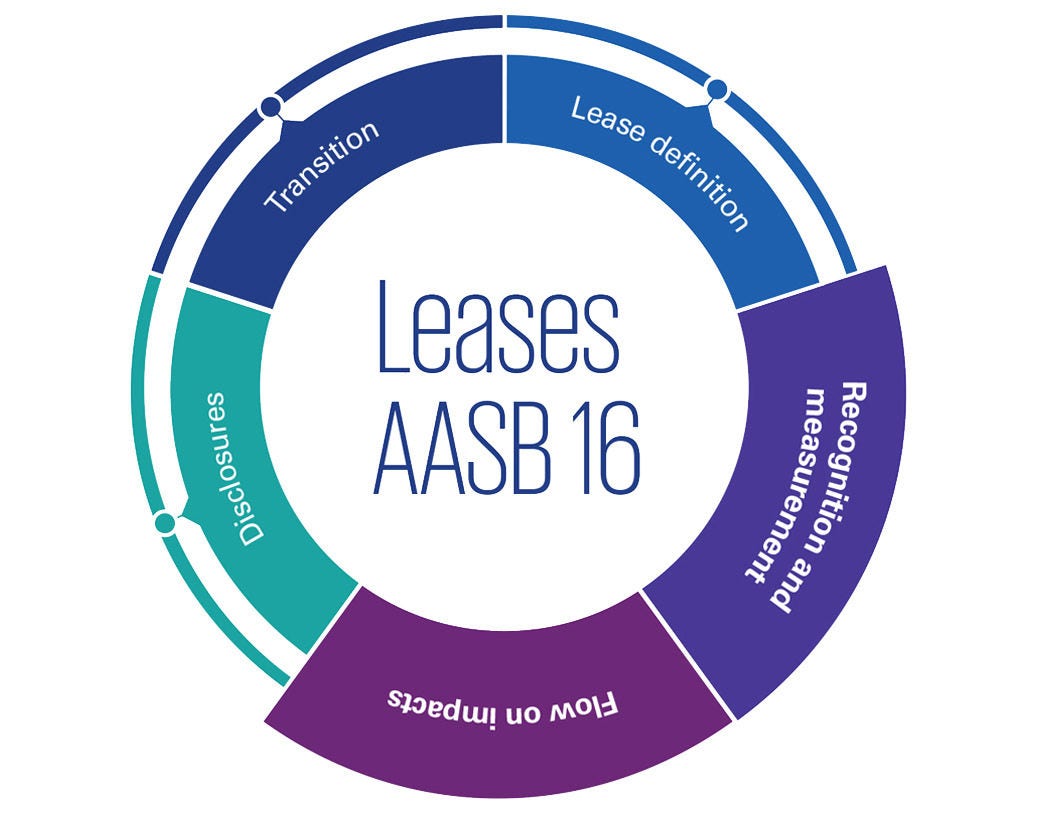Entities often lease assets to use in the construction or production of other tangible assets, such as property, plant and equipment and inventories. The issue of AASB 16 Check responds to the common question we are hearing from lessees on the capitalisation of depreciation of the right-of-use (ROU) asset and interest on the lease liability for these leases.

Scenario
A company enters into a lease of an excavator for a period of three years to use in the construction of a new office building. At the commencement date of the lease, the company recognises a ROU asset and a lease liability of $400,000 each.
The company completes the construction of the office building over a three year period. During this period, the total depreciation charge for the ROU asset is $400,000 and interest on the lease liability is $54,000.
Interpretive response: Yes. A lessee capitalises the depreciation of the ROU asset if it meets the capitalisation criteria in other accounting standards. Similarly, the interest expense on the lease liability is capitalised if the criteria in AASB 123 Borrowing Costs is met.
Therefore under this scenario, the company capitalises the depreciation of the ROU asset of $400,000 and the interest on the lease liability of $54,000 into the cost of the building in accordance with AASB 116 Property, Plant and Equipment and AASB 123 respectively, because it is a qualifying asset.
In technical speak
The cost of an item of property, plant and equipment may include costs incurred relating to leases of assets that are used to construct, add to, replace part of or service an item of property, plant and equipment, such as depreciation of right-of-use assets. [AASB 116: 10]
Borrowing costs may include interest in respect of lease liabilities recognised in accordance with AASB 16 Leases. [AASB 123: 6(d)]
The costs of conversion of inventories include costs directly related to the units of production, such as direct labour. They also include a systematic allocation of fixed and variable production overheads that are incurred in converting materials into finished goods, such as depreciation and maintenance of factory buildings, and equipment and right-of-use assets used in the production process. [AASB 102: 12]
If you would like to discuss the implementation of the standard for your organisation, please contact us.
More AASB 16 Check
- How does a borrower account for a waiver of loan repayments?
- How does a borrower account for loan repayment holidays obtained during the COVID-19 pandemic?
- When do loan modifications result in derecognition?
- How does a borrower account for a modification to a prepayable fixed rate loan?
- What is the impact of modifying a floating rate loan?
- How do new costs and fees impact modification accounting?
- Does the effective interest rate change with non-substantial loan modifications?
- How does a borrower account for loan renegotiation costs?
- How are unamortised transaction costs accounted for on loan modification?
Subscribe for updates
Register to receive our weekly Financial Reporting News update.





